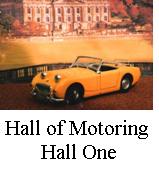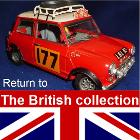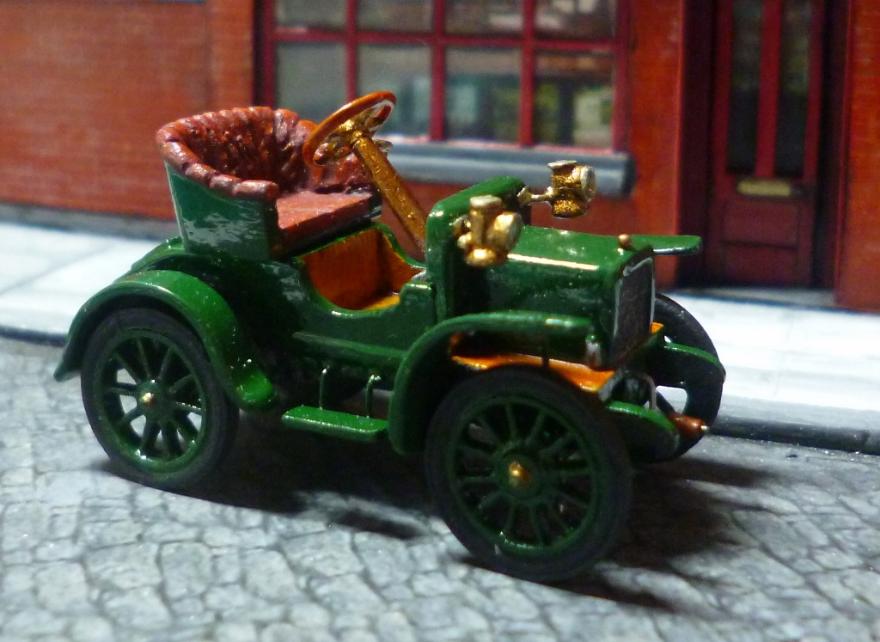
Rover as we know it was born out of the efforts of one John Kemp Starley. J.K.starley was born in Walthamstow, Essex, on 14th December, 1854. He was the son of a gardener by the name of John Starley whose real claim to fame is to be the brother of James Starley, known as the father of the cycle trade after diversifying from sewing machines to make bicycles in 1869.
John Kemp Starley spent a lot of time with his uncle and worked with him, and William Hillman, building Ariel cycles at Haynes and Jefferis' (later Rudge) Ariel Works in Coventry. If James Starley was the father of the cycle trade it was J.K. Starley who was the inventor of the modern bicycle. Until 1885 bicycles were the relatively dangerous penny-farthings and high-wheel tricycles.
John Kemp Starley went into business for himself around 1877 being joined by to form cycle company in 1878 with Mr. George Franks (a retired diamond merchant) joining them a little later and Mr. Franks became instrumental in the rebranding of the products as “Rover”. In fact the first Rover was a tricycle manufactured by Starley & Sutton Co. of Coventry, England, in 1883. Starley was also hard at work developing his ideas for a safer bicycle and in 1885 he made history in by producing the Rover Safety Bicycle.
The Rover Safety Bicycle had two similar-sized wheels with the rear wheel being driven by a chain. It was inherently more stable and user friendly than the earlier “ordinary cycles” or Penny-Farthings as they were better known. The press hailed the new cycle as pioneering and Cycling Magazine were quoted as saying; “the Rover has 'set the pattern to the world'.” The company used this phrase in their advertising materials for years to come and it wasn't far off the mark either. In the 1908 Olympic Games the Imperial Rover cycle proved itself the best in the world by winning every cycle race! Today this Rover safety bicycle is recognised as the first modern bicycle and in many Easter European the word for bicycle is derived from the Rover; Rower in Polish, Ro’er in Slovakian.
JKS died suddenly in 1901. His company was then headed by new managing director Harry Smith and diversified into motorcycles and then cars. Now if you are wondering why we bothered to mention all this stuff about Starley if he was dead before Rover ever made a car then it is the right time for us to mention the fact that Starley designed and built an electric car in 1888. This car was publicized by “The Autocar” in 1903 when they said the vehicle was “we believe, the first motor machine made in Coventry”. It seems reasonable to us to presume that it was only a matter of time before Starley would have steered Rover into the production cars. It was however Edmund W. Lewis (who had joined Rover from Daimler) who designed the Rover Companies first car, the 8hp Rover 8.
Production of the Rover 8 began in 1904 with the first prototype 8hp completed on the 1st of July that year. Lewis' penned a novel design featuring the first central backbone chassis construction in the world. This backbone was formed by the engine crankcase, the gearbox housing, the propshaft housing and the rear axle, it had no suspension beyond the flexibility in the walls of the tyres. The body was mounted onto the rear axle using semi-elliptic springs with the front suspended from the frame by a transverse leaf spring. The engine was a single-cylinder unit with a bore of 114mm (4.5 in), stroke of 130mm (5.1in) which displaced 1327cc. It had an unusual pedal control to change over the valve operating cams to provide extra engine braking. It had a three speed Rover manual gearbox.
In the following year, 1905, Rover introduced a second model; a smaller, cheaper 6hp model which had a conventional chassis with an early example of rack and pinion steering. It went on sale for 100 guineas (£105). This car had a steel-reinforced wooden chassis suspended on rigid axles by semi-elliptic leaf springs. The engine was again a single-cylinder, side-valve unit this time displacing 780cc. The use of a single cylinder for the engine meant that it was a rather slow running unit, 1250 rpm maximum revs, and thus prone to vibration problems; however, an early review by ‘The Motor Trader’ reported that ‘the car…. from a comfort point of view compares favourably with the most expensive type of car ….. vibration is practically nil’. The engine drove the rear wheels through via a shaft from a similar three-speed manual gearbox to the 8hp car. Together they could push the car along to a speedy 28 mph and the steering system meant it was also a manoeuvrable car.
1905 also saw Rover release their first four-cylinder car, the 16/20hp model. It was one of these cars, driven by Earnest Courtis that won the 1907 Tourist Trophy race in the Isle of Man.
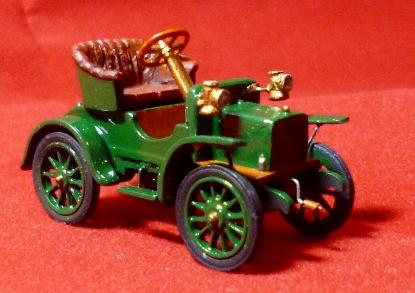
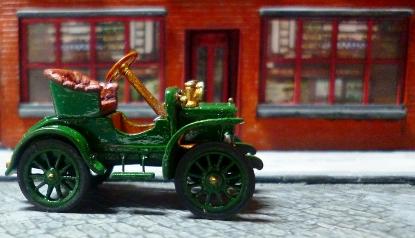
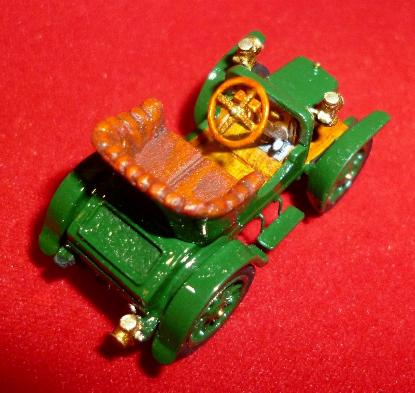
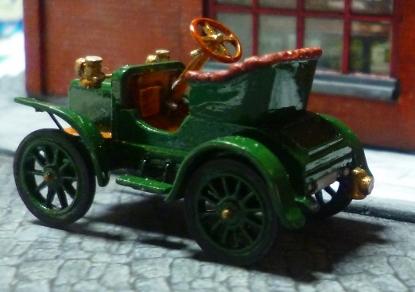

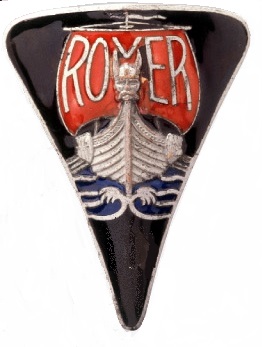
1/76th scale kit
'OO' Gauge
Built by Ian
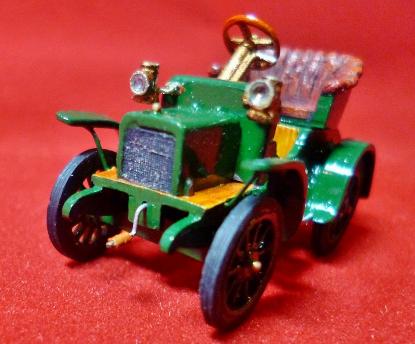
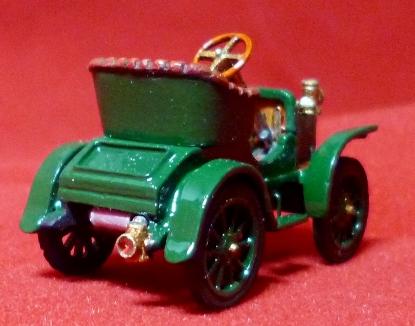
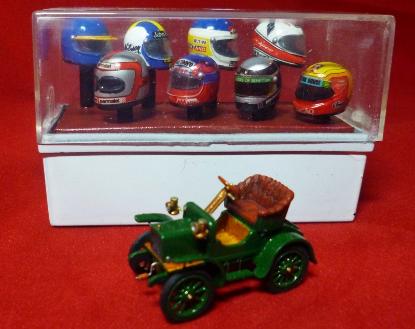
Scale Link are primarily rooted in the world of railway model making hence the 'OO' gauge title they add to the model. Their range is quite extensive with not only classic British cars but also some unusual vehicles from the continent. In total the range boasts some 46 vehicles and is well worth a look at for use in dioramas and model illustrations. Our model will be built into an illustration of what an early petrol station was like and how petrol was supplied and distributed.
The kit itself is a little crude and has had a lot of work done on it. Ian added wire mudguard stays and scratch built new side steps for the model. The starter handle was cut off the basic chassis and a new one made of wire and electrical insulation fabricated in its place. Foot pedals were built from plastic card and thin wire. The front lamps were cut off the dash, cleaned up and wire stays made ready for remounting after painting. All the lamps were drilled out to create reflector bowls and had new lenses made by the careful application of Deluxe Materials 'glue and glaze'. the rear lense was then painted with Tamiya clear red.
Ian finished this model in late July 2015, it is painted with Humbrol enamel paints and Citadel acrylic colours and ink washes.
RETURN TO :-
